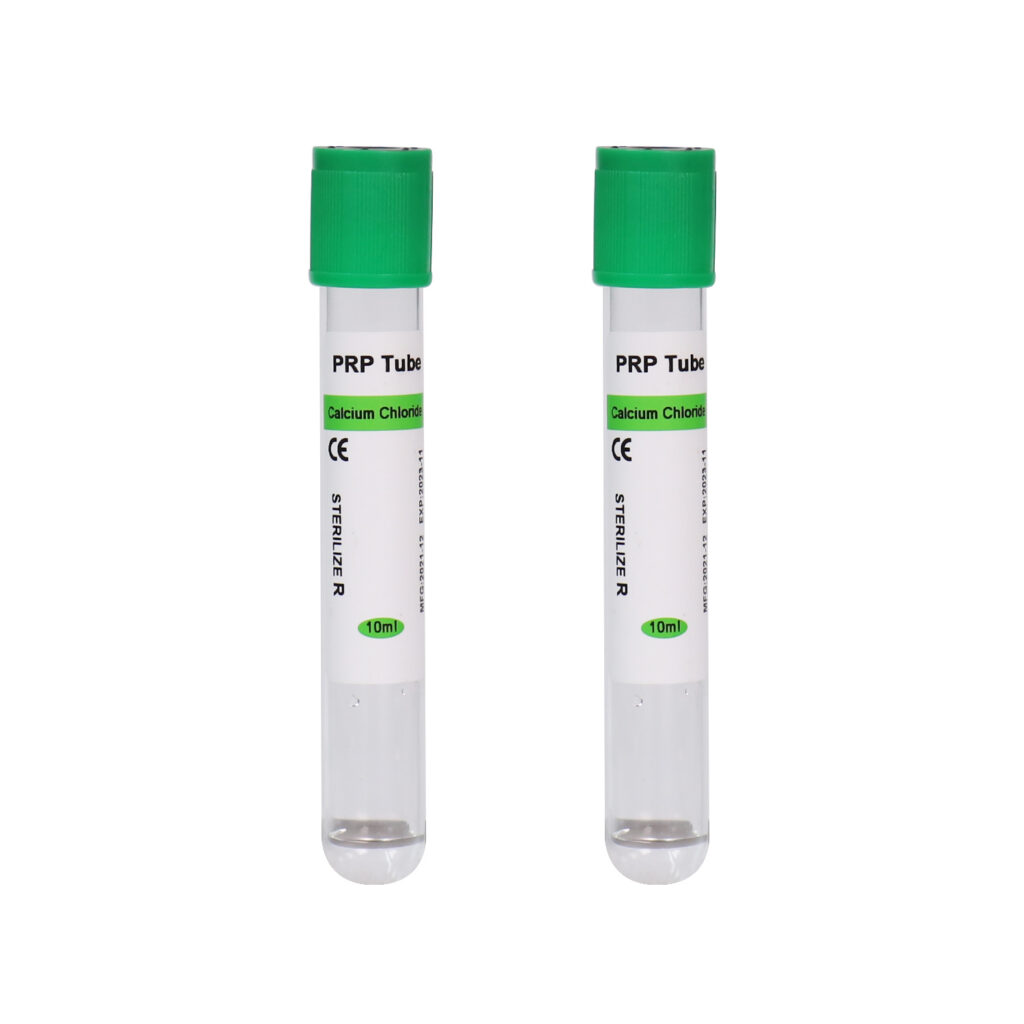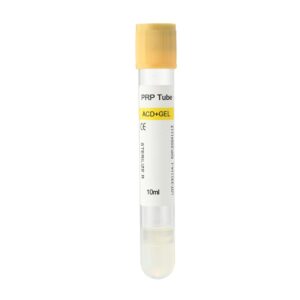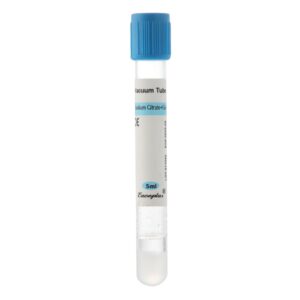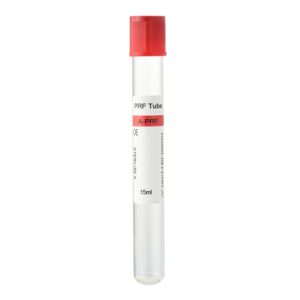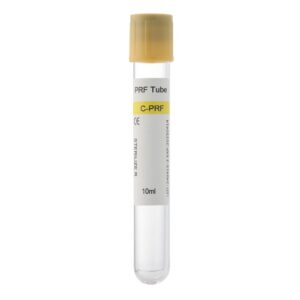PRP Tube: A Comprehensive Guide to its Types, Usage, and Applications
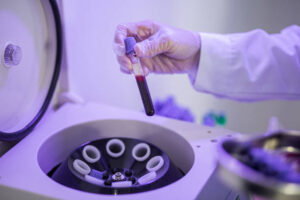
Today, we will explore the various types of PRP tubes, their usage in the medical field, and their applications in the realm of medical aesthetics.
PRP tubes, short for Platelet-Rich Plasma tubes, are an essential tool in regenerative medicine. These tubes are specifically designed to separate and concentrate platelets from a patient’s blood, which can then be used for therapeutic purposes.
When it comes to types, PRP tubes come in a variety of options. Some common types include gel-based tubes, which contain a gel separator to facilitate the separation process, and non-gel tubes, which rely on gravity to separate the platelets. Additionally, there are also tubes with different anticoagulants, such as sodium citrate or EDTA, depending on the specific medical requirements.
Now, let’s talk about how to use PRP tubes. The process begins by drawing a small amount of blood from the patient into the tube. The tube is then centrifuged, allowing the platelets to separate from the other components of the blood. Once the separation is complete, the concentrated platelets can be extracted and used for various medical treatments.
In the medical field, PRP tubes have a wide range of applications. They are commonly used in orthopedics to treat sports injuries, osteoarthritis, and tendonitis. Additionally, PRP therapy has shown promising results in dermatology for skin rejuvenation, hair loss treatment, and scar reduction. The regenerative properties of platelets make PRP tubes a valuable tool in accelerating the healing process and promoting tissue regeneration.

In conclusion, PRP tubes play a crucial role in regenerative medicine, offering a multitude of benefits in various medical fields. Whether you’re a healthcare professional or someone interested in the fascinating world of medical aesthetics, PRP tubes are a topic worth exploring.

